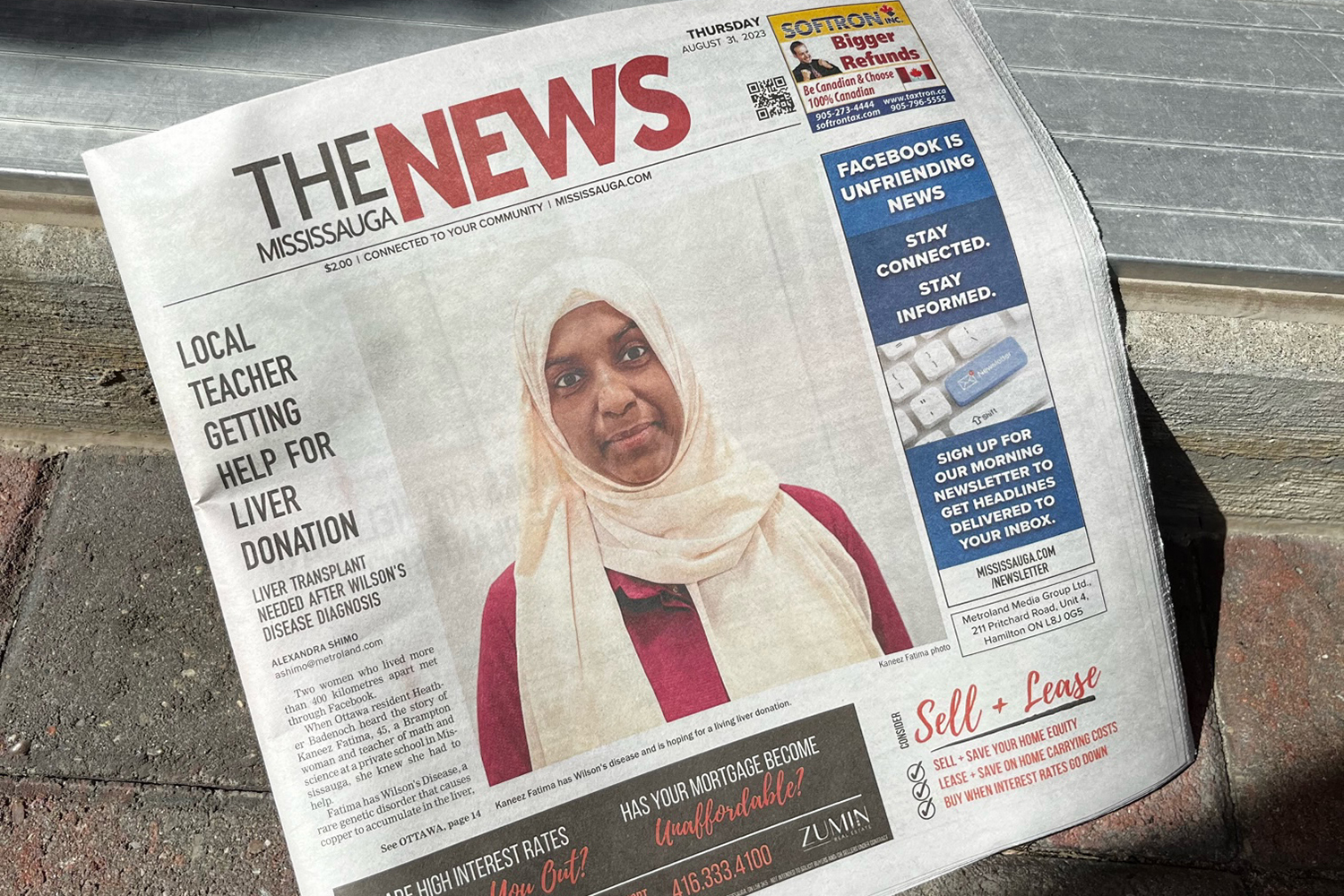The 45-Second Trick For News Articles
Table of ContentsOur News Articles IdeasExcitement About News ArticlesThe Main Principles Of News Articles Some Known Incorrect Statements About News Articles Getting My News Articles To Work
Excellent expertise of different topics provides students an affordable edge over their peers. Despite the fact that electronic and social media sites are easily accessible, we must not fail to remember how essential it is to review the newspapers. Parents should try and instill the routine of reviewing a paper as a day-to-day routine to proceed the heritage of the adored print medium.News tales also include at least one of the following crucial features loved one to the intended audience: proximity, importance, timeliness, human interest, curiosity, or effect.
Within these limits, newspaper article also aim to be extensive. Various other variables are entailed, some stylistic and some acquired from the media kind. Amongst the bigger and a lot more reputable newspapers, fairness and balance is a major variable in providing info. Commentary is normally confined to a different section, though each paper may have a various total angle.
Newspapers with an international target market, for example, tend to make use of an extra formal design of writing. News Articles.; usual style overviews include the and the US Information Style Book.
The Best Strategy To Use For News Articles
Generally, journalists will not utilize a lengthy word when a short one will do. They utilize subject-verb-object construction and vivid, energetic prose (see Grammar). They provide anecdotes, examples and metaphors, and they hardly ever rely on generalizations or abstract ideas. Information writers attempt to stay clear of making use of the very same word greater than when in a paragraph (occasionally called an "resemble" or "word mirror").
Headlines often omit the subject (e.g., "Leaps From Boat, Catches in Wheel") or verb (e.g., "Pet cat woman lucky"). A subhead (additionally subhed, sub-headline, subheading, caption, deck or dek) can be either a subservient title under the major headline, or the heading of a subsection of the article. It is a heading that comes before the primary text, or a team of paragraphs of the major text.

Additional billboards of any of these kinds may appear later in the write-up (specifically on succeeding pages) to tempt more analysis. Such billboards are additionally used as pointers to the write-up in various other areas of the publication or site, or as promotions for the item in other magazine or sites. Common framework with title, lead paragraph (recap in strong), various other paragraphs (details) and contact information.

Example of a hard-lead paragraph NASA is proposing an additional room task. The agency's spending plan request, revealed today, consisted of a strategy to send out one more objective to the Moon. This moment the agency intends to develop a long-term facility as a jumping-off place for various other room adventures. The spending plan demands around $10 billion for the job.
The NASA news came as the company requested $10 billion of appropriations for the job. An "off-lead" is the second crucial front page information of the day. The off-lead appears either in the top left corner, or directly listed click to investigate below the lead on the right. To "bury the lead" is to start the post with background info or details of second value to the visitors, compeling them to read more deeply right into a write-up than they ought to need to in order to find the essential factors.
8 Simple Techniques For News Articles
Usual usage is that or more sentences each develop their very own paragraph. Journalists typically define the organization or structure of a news tale as an upside down pyramid. The essential and most fascinating components of a story are placed at the beginning, with supporting information following in order of reducing significance.
It allows people to explore a topic to only the depth that their interest takes them, and without the imposition of details or subtleties that they might think about unimportant, but still making that info offered to extra interested readers. The inverted pyramid framework also enables articles to be cut to any arbitrary size during layout, to suit the space available.
Some authors begin their stories with the "1-2-3 lead", yet there are several kinds of lead available. This layout inevitably begins with a "Five Ws" opening paragraph (as defined above), followed by an indirect quote that offers to sustain a significant element of the first paragraph, and then a straight quote to support the indirect quote. [] A kicker can describe several points: The last story current program; a "delighted" story to end the program.
Longer posts, such as magazine cover short articles and the items that lead the within sections of a newspaper, are recognized as. Function stories differ from straight information in a number of means. Foremost is the absence of a straight-news lead, the majority of the moment. Rather than supplying the essence of a story in advance, function writers may try to draw visitors in.
Little Known Questions About News Articles.
An attribute's very first paragraphs commonly connect an intriguing minute or occasion, as in an "anecdotal lead". From the particulars of a person or episode, its sight swiftly broadens to generalities regarding the tale's topic.
The Editor's Toolbox: A Reference Guide for Beginners and Professionals (2001) Allan M. Siegal and William G. Connolly. The New York Times Guidebook of Style and Use: The Authorities pop over to this site Design Guide Made Use Of by the Writers and Editors of the Globe's A lot of Authoritative Paper (2002) M. L. Stein, Susan Paterno, and R.